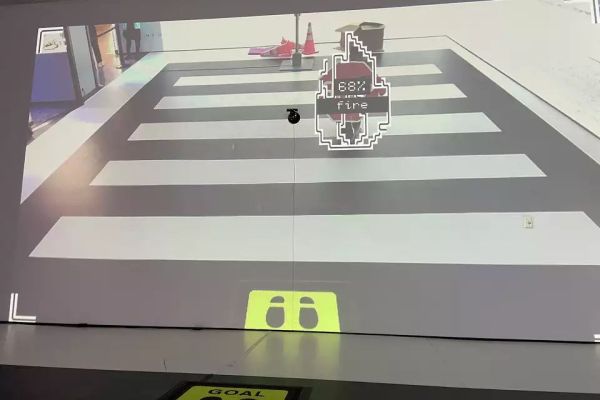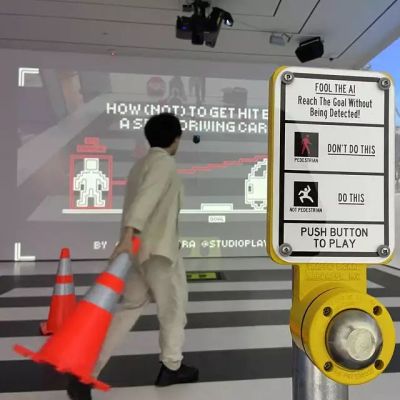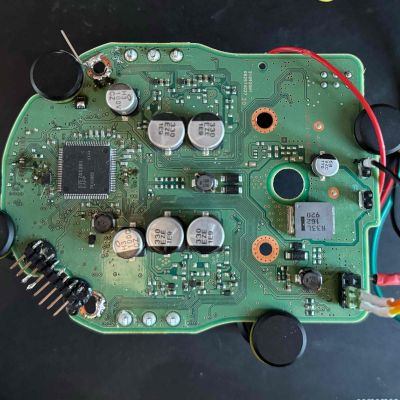When you think of EVs from the 90s, GM’s EV1 may come to mind, but [bleeptrack] found a more obscure CityEL three wheeler to restore.
This Personal Electric Vehicle (PEV) is no spring chicken, but a new set of LiFePO4 batteries should give its 48 V electrical system a new lease on life. [bleeptrack] shows us through the cockpit of this jet fighter-esque EV and its simple control systems, including a forward and reverse selector and the appreciable kilometers on the odometer.
Modernizing touches for this vehicle include a smart shunt to track the vehicle charge level as an improvement over the wildly unreliable original system and a new DC to DC converter after the original unit failed. These changes really cleaned up the electronics compartment from the original rat’s nest under the seat.
The design of this vehicle has us thinking of the Minimal Motoring Manifesto and how EVs could make cars simpler again.




















